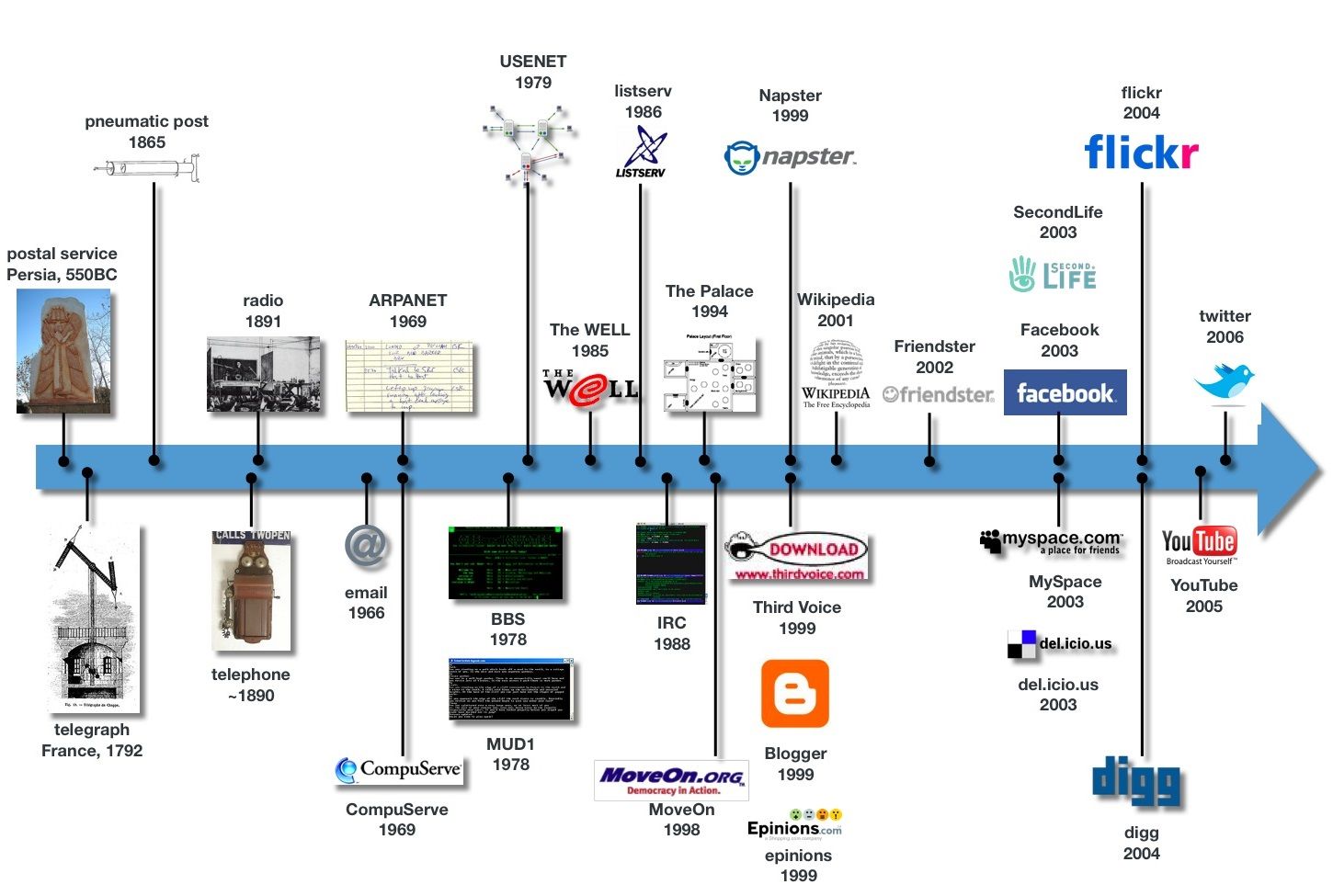In the ever-evolving landscape of media, technology has played a pivotal role in shaping how information is created, distributed, and consumed. From the early days of print media to the current digital era, the transformation has been nothing short of revolutionary. In this blog, we explore the journey of media technologies, highlighting key developments and their impact on society and the media industry.
The Dawn of Media Technology
The journey begins with the invention of the printing press by Johannes Gutenberg in the 15th century. This innovation democratized information, making books and newspapers more accessible and paving the way for mass communication.
Key Milestones:
- Radio: In the early 20th century, radio emerged as a powerful medium for broadcasting news and entertainment.
- Television: Television further revolutionized media, combining visual and audio elements to provide a more immersive experience.
The Digital Revolution
The late 20th century witnessed the advent of the digital revolution, fundamentally altering the media landscape.
Computers and the Internet
- The introduction of personal computers and the internet in the 1980s and 1990s opened up new avenues for content creation and distribution.
- The internet, in particular, broke geographical barriers, enabling global connectivity and information exchange.
The Rise of Social Media
- Platforms like Facebook, Twitter, and YouTube emerged in the early 21st century, changing how we consume news and engage with content.
- Social media has also given rise to citizen journalism, where individuals can report and disseminate news independently.
The Era of Streaming and On-Demand Content
Streaming services like Netflix, Hulu, and Amazon Prime have revolutionized media consumption, offering on-demand content and personalized viewing experiences.
Impact on Traditional Media
- The popularity of streaming services has posed significant challenges to traditional television and cable services.
- Media companies are adapting by launching their own streaming platforms, such as Disney+ and HBO Max.
The Role of Artificial Intelligence and Machine Learning
AI and machine learning are increasingly being used to personalize content, optimize media operations, and enhance user experiences.
Applications in Media:
- Content Recommendation: AI algorithms analyze user preferences to recommend personalized content.
- Automated Journalism: AI is used to generate news reports, especially for data-driven stories.
The Future of Media Technology: Virtual and Augmented Reality
Virtual Reality (VR) and Augmented Reality (AR) are set to redefine immersive media experiences.
Potential Applications:
- Immersive Journalism: VR and AR can be used to create immersive storytelling experiences, making news more engaging.
- Enhanced Entertainment: AR and VR offer new ways for audiences to interact with entertainment content.
Ethical Considerations and Challenges
As media technology advances, it raises important ethical questions and challenges.
Key Concerns:
- Privacy and Data Security: With the rise of digital media, concerns around data privacy and security have intensified.
- Misinformation and Fake News: The ease of content creation and distribution has led to challenges in controlling misinformation.
The evolution of media technologies reflects a journey of innovation, adaptation, and challenges. As we look to the future, it’s clear that technology will continue to shape the media landscape in profound ways. The key for media professionals and consumers alike will be to navigate these changes responsibly, embracing the opportunities while being mindful of the challenges. In the digital age, staying informed and adaptable is more crucial than ever.

